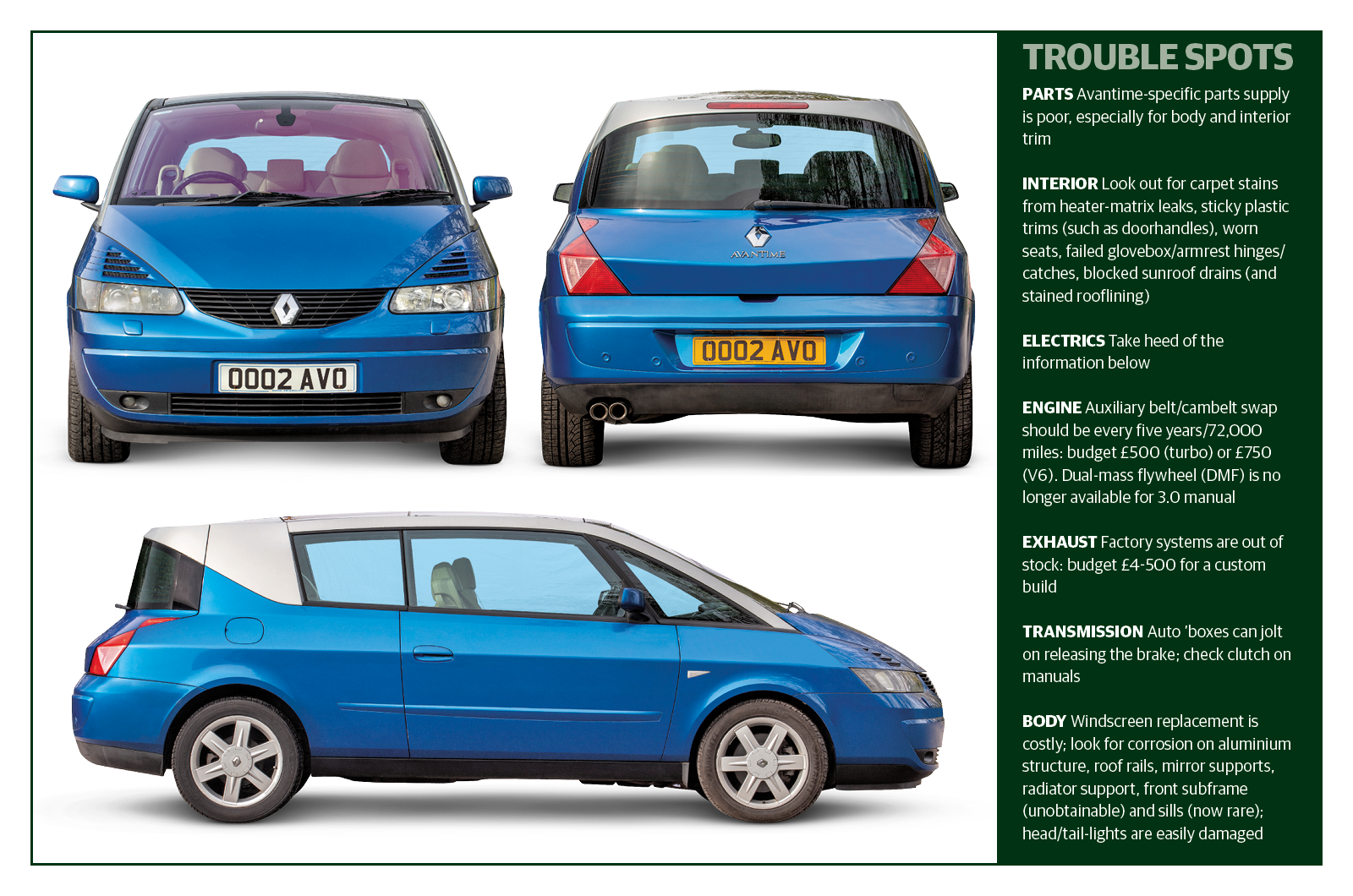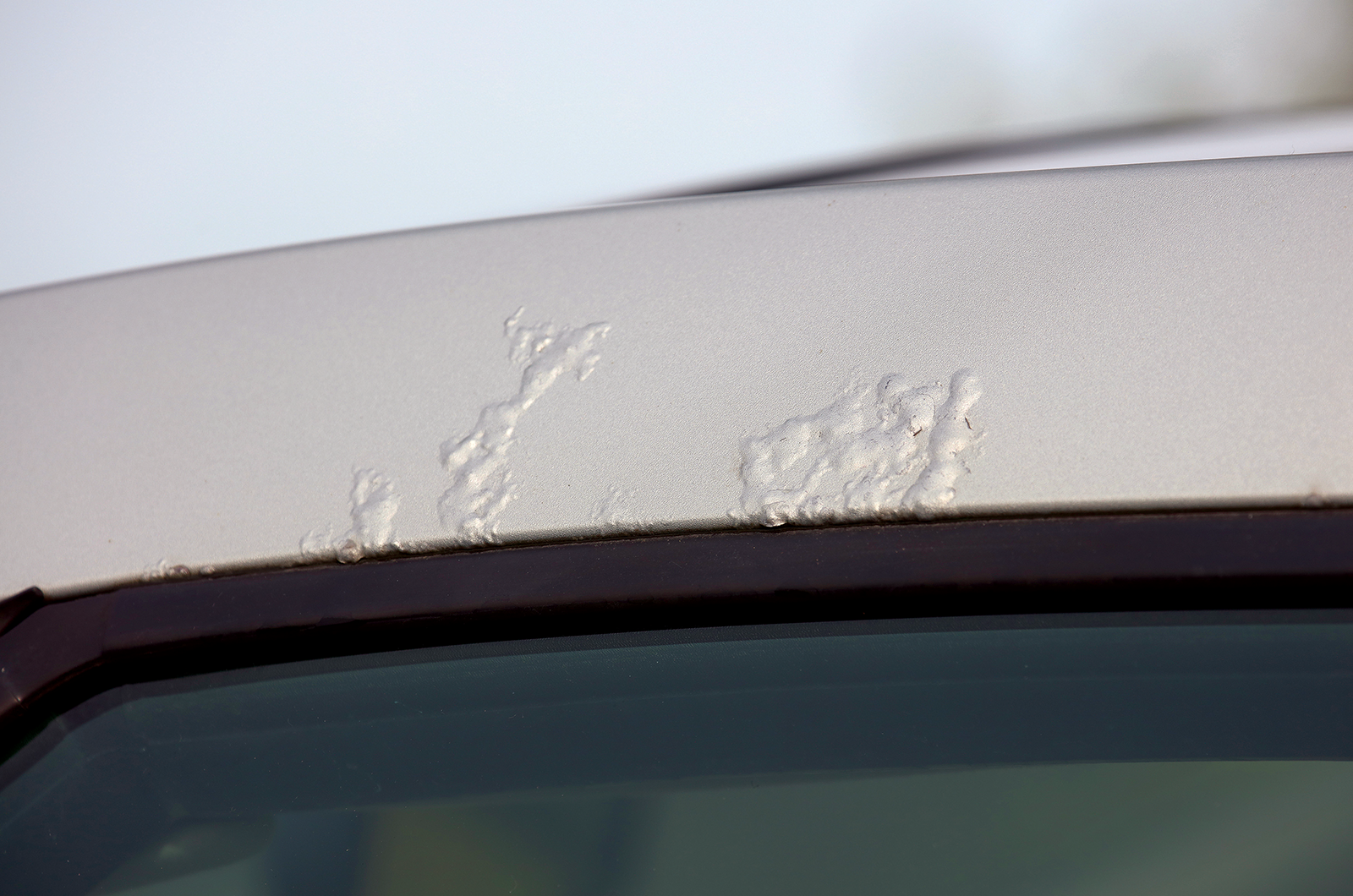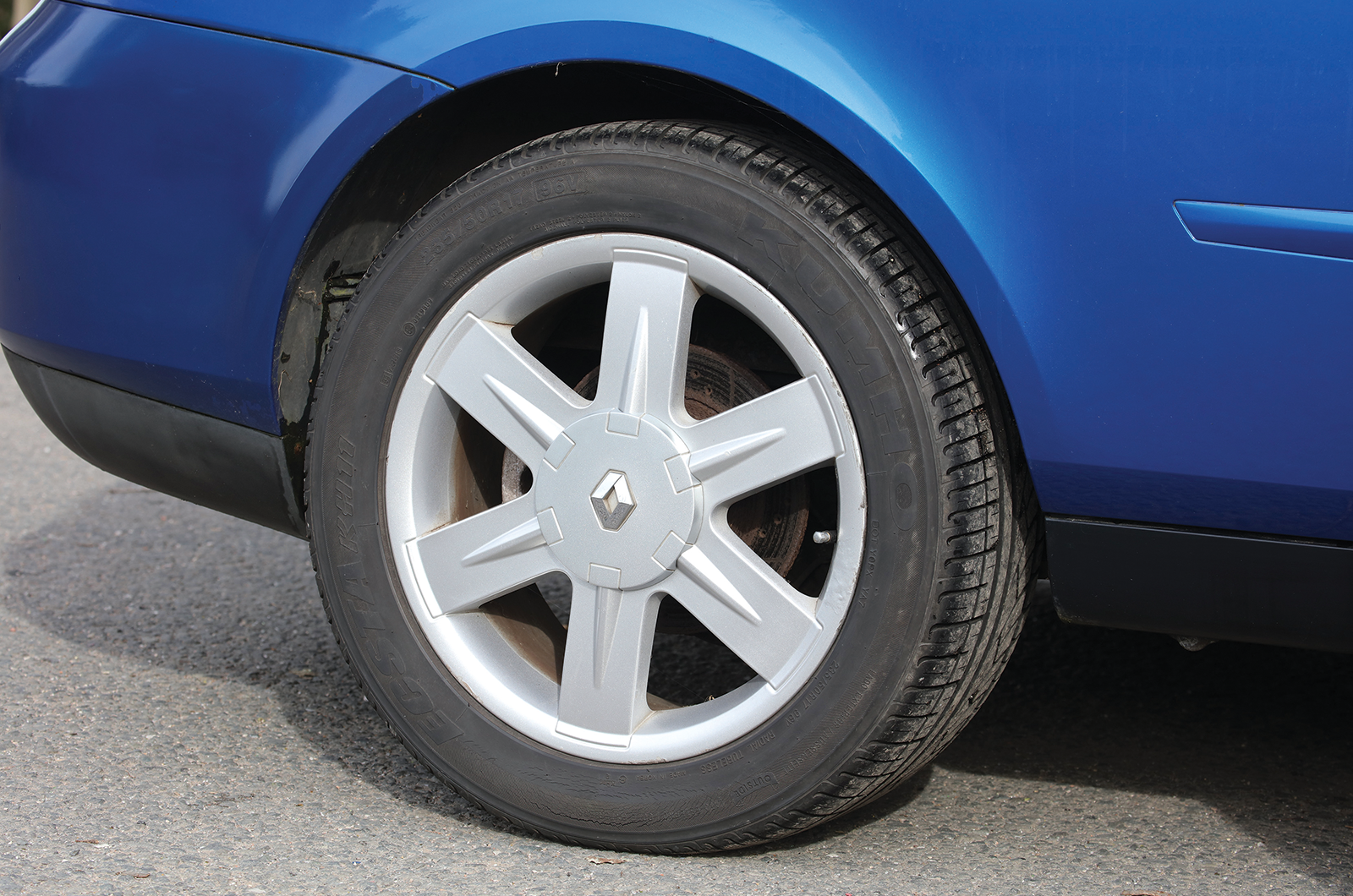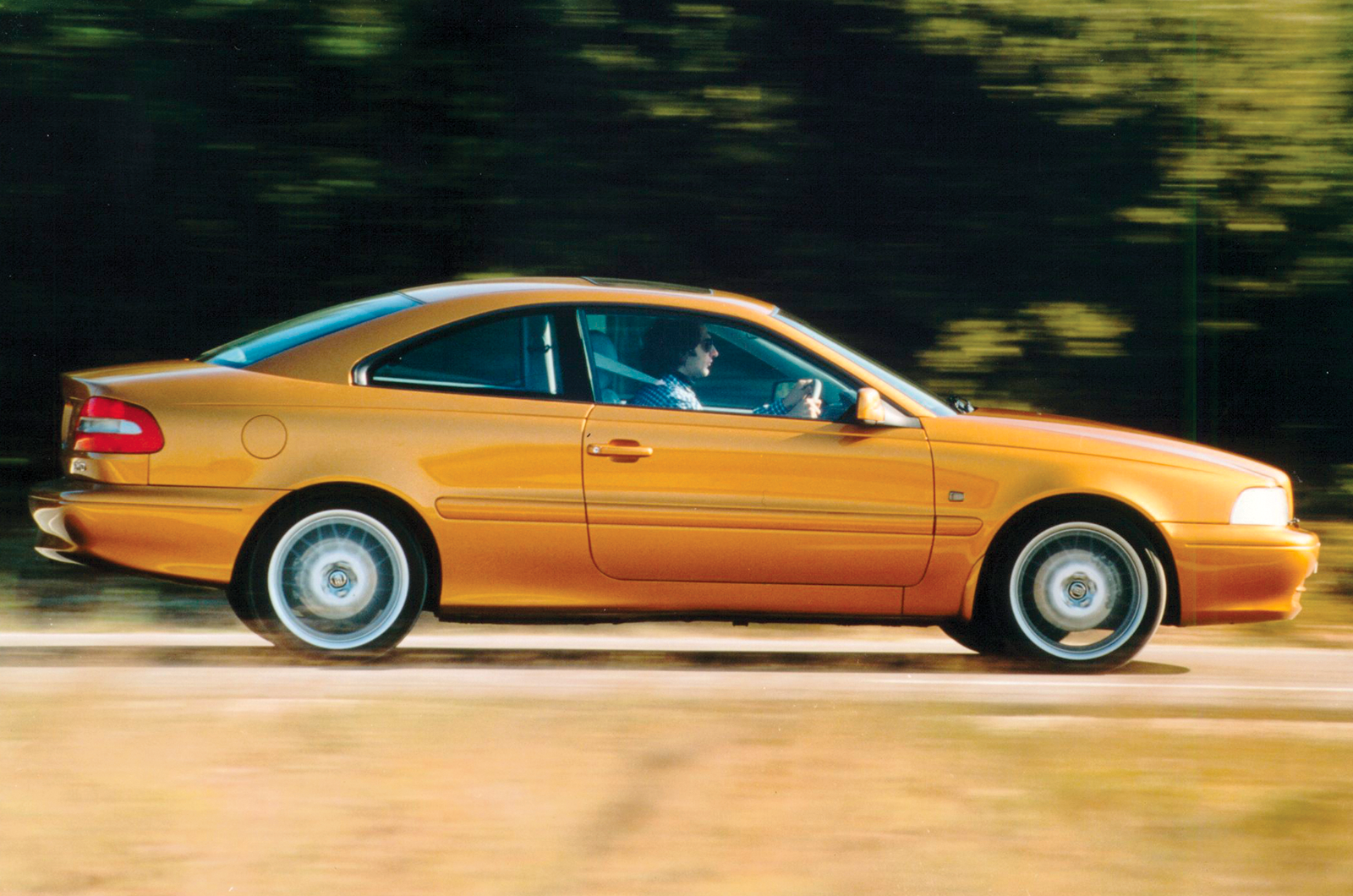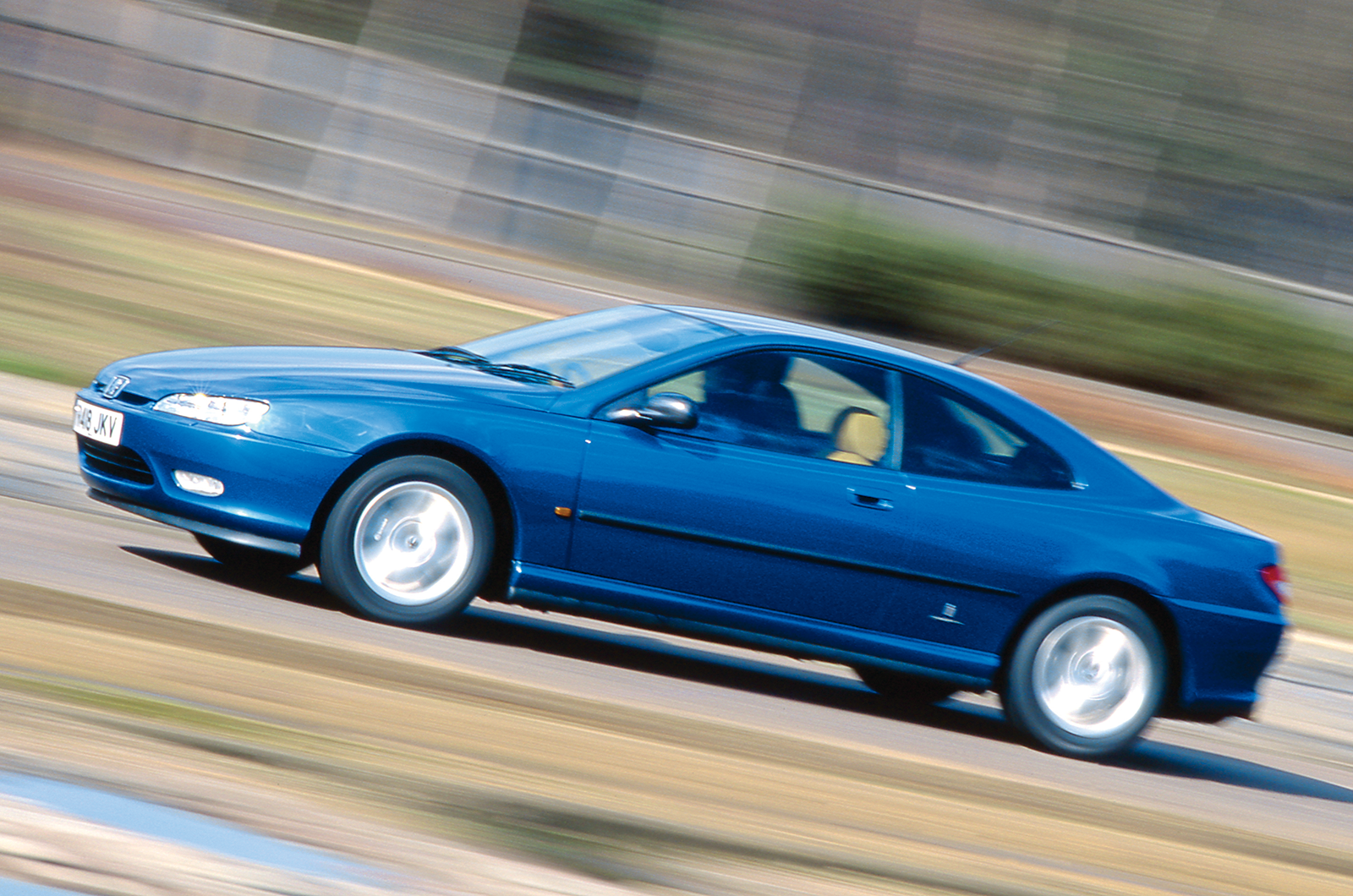
Why you’d want a Renault Avantime
Full marks for bravery.
Renault led the world with its Matra-conceived Espace in the 1980s, and hoped the Matra-conceived Avantime would create a fresh class of spacious luxury car for the new millennium.
The styling was by Patrick le Quément, known for bold designs such as the Ford Sierra and Renault Twingo.
The Avantime was based on the outgoing Espace platform, with a galvanised-steel floorpan, aluminium body frame (bonded and bolted to the steel) and glassfibre panels.
It featured frameless side windows with no B-pillar to give fully open pillarless capability: super-stylish, but super-hard to seal, especially with such large doors (they are 1.4m long and weigh 55kg each, and have parallelogram hinges to improve access in tight car parks).
The sunroof was the largest opening glass ceiling of its time.
Autocar felt that the Avantime was confused: it tried to be highly comfortable but still give sporting handling, and fell short on both.
The dash looked stunning but was ergonomically flawed, and the seating suffered from a lack of adjustability – and legroom in the rear cabin.
Autocar concluded: ʻBold thinking, poor execution – its appeal is almost solely visual.ʼ

Renault offered three engines from launch: a turbocharged 2-litre petrol ʻfourʼ with 162bhp, capable of 126mph; a heavier 2.2 turbodiesel with 236lb ft and a six-speed manual ʼbox for 121mph; or a 3-litre V6 with 210bhp and either a six-speed manual or five-speed auto, giving 137 or 134mph respectively (although Autocar only managed 128mph with the auto).

